Growing poplar pyramidal

The pyramidal poplar is one of the varieties of the black poplar. This is a slender, tall tree that loves light and warmth, therefore it is widespread in the southern regions of our country, in Italy, the Himalayas, Central Asia, on the territory of Ukraine. The buds and wood of the plant are considered especially valuable, but, in addition, it is widely used for landscaping suburban areas and city streets. Today you will learn how to grow beautiful, healthy poplar.
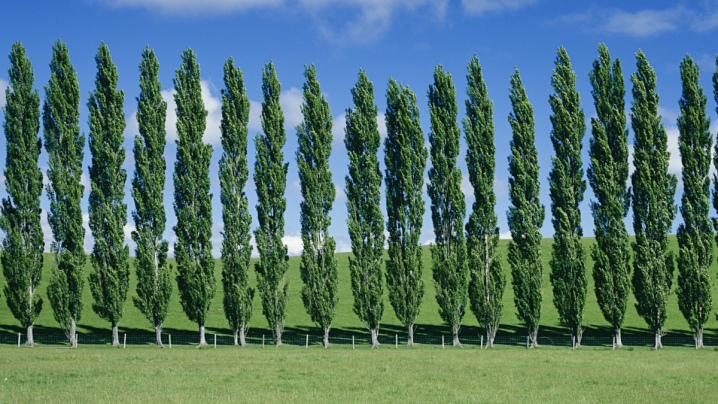
Description
The pyramidal poplar looks like a slender pyramid, it has the same geometrically correct proportions, a harmonious look due to the balance of the green mass and an erect, even trunk. The columnar type of black poplar with a narrow crown is also called Lombard or Italian.
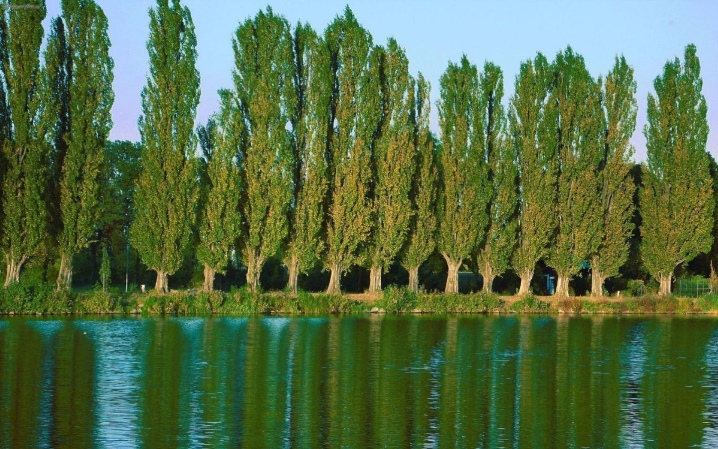
This tree has several interesting features.
- Poplar lives for a long time, its lifespan is about 300 years, but this depends on competent periodic pruning and how favorable the conditions for its growth are.
- This light-loving plant grows very quickly, especially during the first 10 years. If it is not cut, the height can reach from 35 to 45 m. Low poplars are the result of human activity. Each year, the top of the tree is cut to rejuvenate.
- Depending on whether the plant has a columnar or narrow-pyramidal crown, its diameter ranges from 4 to 5 m.
- Old trees are capable of reaching 1 m in girth.
- This breed has a beautiful, smooth, greenish bark of a gray color, often cracks can be seen on it, but this is typical for mature trees.
- Shoots grow up and slightly to the sides, leaves of a rich green color in the form of rhombuses are distinguished by jagged edges and are attached to the branches with short strong petioles. In September, they turn yellow, and by mid-October they fly around.
- In April, simultaneously with the blooming of the leaves, the culture blooms. In this case, the flowers are connected in inflorescences - catkins. Male flowers are dark red, female flowers are white. At the beginning of summer, elongated poplar bolls appear, in which there are several seeds covered with fluff.
- The root system of the poplar is powerful, making up a third of the plant's height, goes deep into the ground, in addition, it is significant in volume. Some shoots protrude above the ground, which does not prevent the roots from performing their main functions.
- Not everyone knows, but the pyramidal variety of poplar releases oxygen into the surrounding space day and night, since the photosynthesis of the tree occurs around the clock.
- The resin collected by bees from pyramidal poplars is processed into such a useful substance as propolis - a medicinal component that can increase immunity and has disinfectant and antibacterial properties.
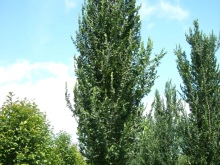
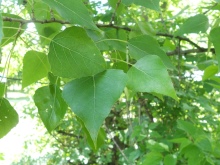
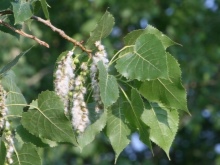
Pyramidal poplars are cold-resistant, but severe frost can disrupt their normal life. Female trees are quite rare; male plants are considered the most cultivated and widespread. They are used in cities to create shady alleys, bloom, but do not form fluff. At the same time, the pyramidal poplar is one of the amazing plants with the ability to change sex.
Due to the unfavorable ecology, earrings characteristic of a female tree suddenly begin to appear on the branches of males.
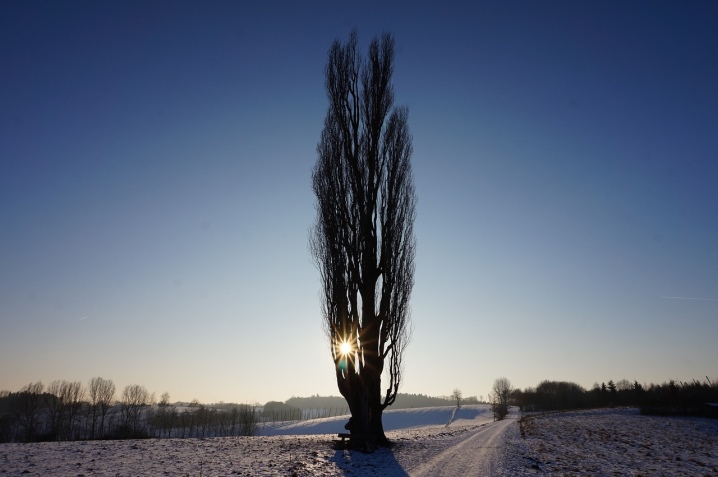
Landing features
Planting crops is carried out on a neutral or slightly acidic soil, which should contain peat, sand and sod (garden soil). In heavy clay soil, poplar will develop slowly, and the tree also does not tolerate excessively dry soil and excess moisture. High, sunny areas are chosen for culture, because it is the abundance of the sun that makes the plant grow rapidly and stretch in height.
Poplar is not afraid of polluted city air, as it constantly converts carbon dioxide into oxygen, improving the ecological situation.
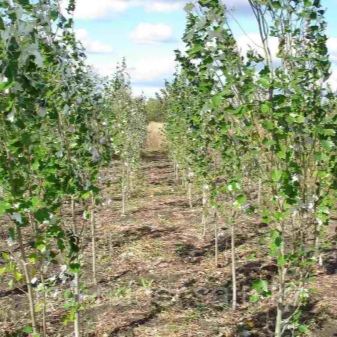
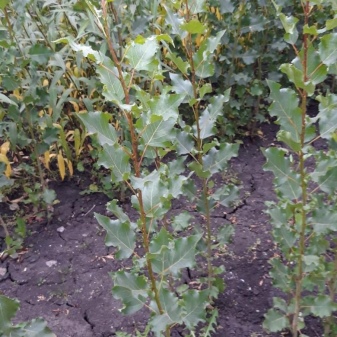
The main task when growing this breed is to plant the plant correctly, taking into account the fact that its roots will grow deeper and wider in the soil. Therefore, poplars should be planted 45-50 m from residential buildings and buildings, with some distance from the roads. If several poplars are planted at once, the seedlings are placed at a distance of 3 meters from each other, it is better to do this in spring or autumn - they will take root faster.
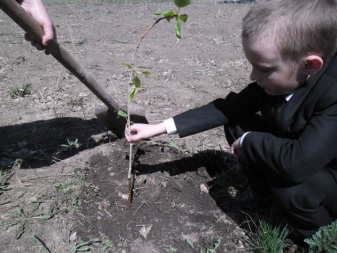
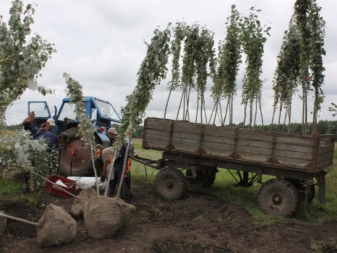
The planting process is recommended as follows.
- Quality seedlings are purchased in a nursery or a special store. For cultivation, as a rule, male poplars are chosen, which have a light bark color, several branches on which there are living buds.
- An open place is selected, remote from the house, the site is cleared of debris and weeds, if necessary, liming and the introduction of fertile humus are carried out.
- A spacious wide pit breaks out to a depth of 1 m.
- When planting, nitrogen fertilizers are applied to the soil - 100 g per 1 m2.
- Complex soil will require a drainage layer at the bottom of the planting hole, which facilitates the nutrition of the poplar and helps to eliminate excess moisture.
- The seedling is located in the hole exactly in the center when the root collar is deepened no more than 2 cm.
- The lower part of the plant is covered with earth; part of the root collar, the main shoot and the main skeletal branches should remain above the surface.
- Young plants should be insured against the effects of the wind, so it is important to secure them with a support.
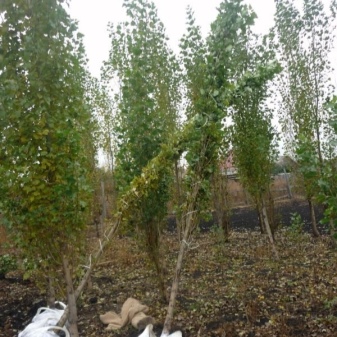
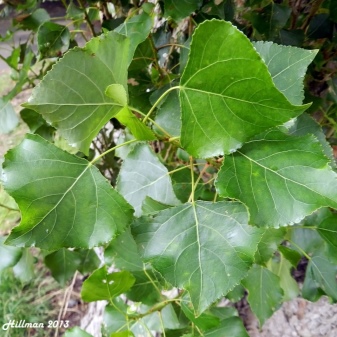
Despite the special love of poplar for the sun's rays, within a year after planting, young plants need to provide shade by creating an artificial canopy. The pyramidal tree can be grown from seeds, but must be used immediately after harvest. For this, the earth is dug up, moistened, garden soil is introduced, and the seeds are placed on the soil and lightly sprinkled. To prevent light seeds from being blown away by the wind, it is recommended to cover them with a film for a while until tiny shoots appear.
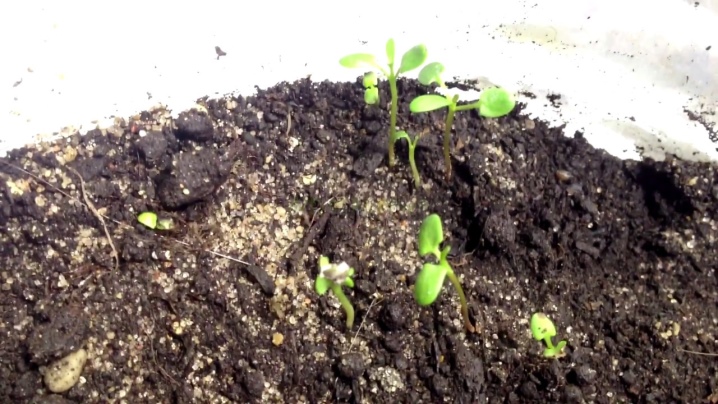
Tree care rules
Poplar is an unassuming culture, but in order to grow an adult tree from a small cuttings, especially from seeds, you will have to follow all the requirements for care. Consider how to care for these plants.
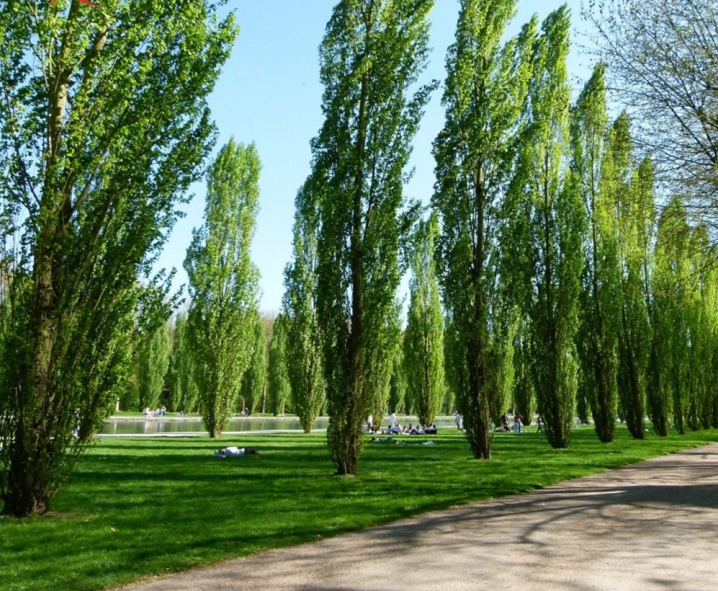
For the young
The main types of work provided for the cultivation of seedlings.
- Mulching. Immediately after planting and watering, mulch in the form of sawdust or peat is placed on the near-stem circle.
- Periodic irrigation. In dry weather, young poplar should be watered 4 times a month, using about 30 liters of water for each tree.
- Loosening in the near-stem zone and removal of weeds is carried out as the top layer of the earth dries up and the appearance of parasitic plants. These activities will allow the poplar to develop faster and grow better.
In autumn and spring, the soil is pierced by 20 cm next to the trunk. This is important for the roots of the poplar to breathe.
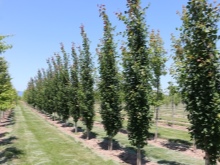
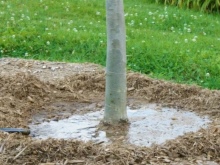
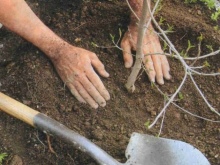
For adults
These trees need to be watered 3 times a month. Plants that have reached the age of six are irrigated once every 30 days. Adult poplars do not need loosening - you can sow lawn grass near their trunk. In fast-growing trees, it is necessary to regularly trim the top, controlling their height and the even appearance of the crown. Therefore, the shoots that come out of it and stick out to the sides are cut in half.But sanitary pruning is also important, when old, diseased and dry branches are removed, which can pose a problem to the health of the crop. It is carried out before the period of sap flow in the spring and in the fall on the eve of the winter cold. We must not forget to lubricate the places of the cuts; for this purpose, a garden pitch is used.
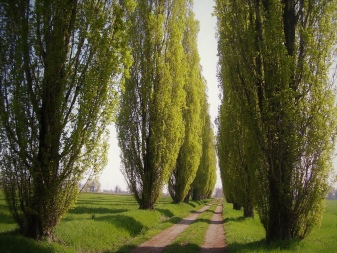
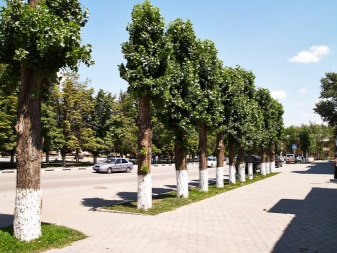
If the soil is not too nutritious, you will need to add potassium, phosphorus and nitrogen to it, the most suitable version of the composition is "Nitroammofosk". In addition, such a composition will help young plants grow faster.
Mineral dressings are applied throughout the year, especially after pruning, to support the pyramidal poplar.
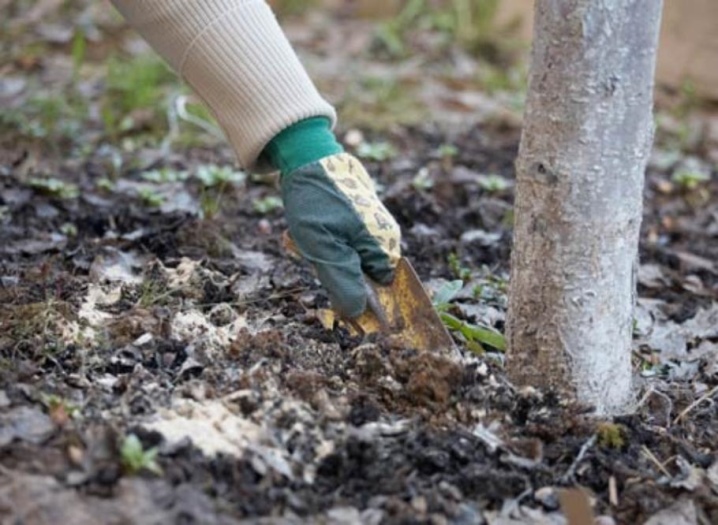
Reproduction methods
We have already mentioned that the male species of pyramidal poplar is mainly cultivated. This tree shape provides two main types of reproduction. It's easier to grow a plant from a branch. For this, young one-year-old shoots are used - large meter-long seedlings grow from them in a year. Suitable cuttings for this are both lignified and green stem branches taken from the growth of the current or last year, with or without leaves. Cuttings of lignified branches take root faster.
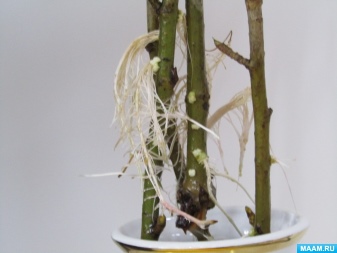
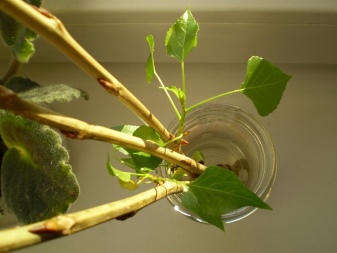
Follow the rules listed below and you will receive quality planting material within one year.
- In the summer, cuttings are not provided; it is carried out in the spring, until the leaves have blossomed on the poplars. But buds should already appear on such branches.
- Shoots are divided into parts, the length of which does not exceed 20 cm. But the shorter the cuttings, the more seedlings you will get. It is important that each segment is up to 12 cm in size and at least 3 buds.
- It is better to plant the resulting cuttings immediately, leaving intervals of 50 cm between them and about 10 cm between their rows.
- Long branches should have at least 3 buds above the soil surface, and short ones - 2.
- When planting, the planting material must be buried - if the soil is dense, first make small holes in the ground.
- The stem of the plant should not be parallel to the surface - only upward.
- Watering the cuttings should be moderate, and when they grow up to a height of 13-15 cm, irrigation can be carried out only in extreme heat and rare rainfall.
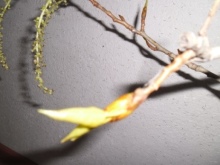
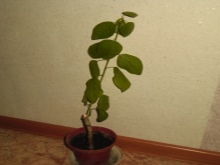
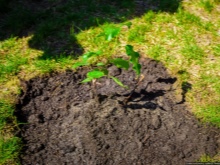
Do not plant shoots with leaves already in full bloom - they will take a long time to root, and the seedlings will become less viable. Poplar can also be propagated using seeds. But this method is more time consuming and often does not give the desired result. First of all, you will have to find quality material for planting, then start hardening and germinating it. The seeds are planted in separate containers using a special soil substrate, after which careful care of the seedlings will be required.
At home, this method has not justified itself, so cuttings remain the most popular.
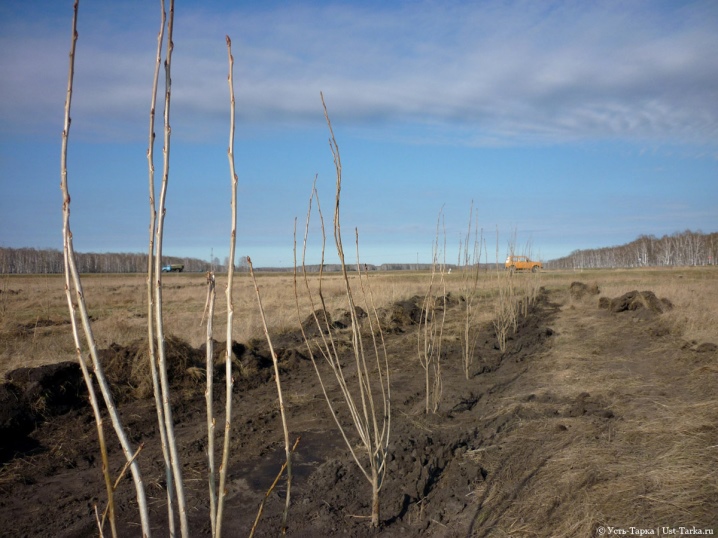
Diseases and pests
Like other trees, pyramidal poplar can hurt and be attacked by harmful insects. Young seedlings are especially susceptible to diseases, the root system of which is insufficiently developed. The appearance of insects and fungus is also affected by stagnant water in the soil due to its heavy composition and low looseness. In cases of significant damage, radical pruning and cutting of poplar to hemp helps, followed by treatment with fuel oil or creosote oil - an effective remedy for various types of fungus.
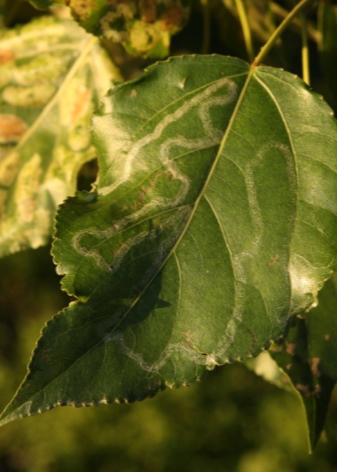
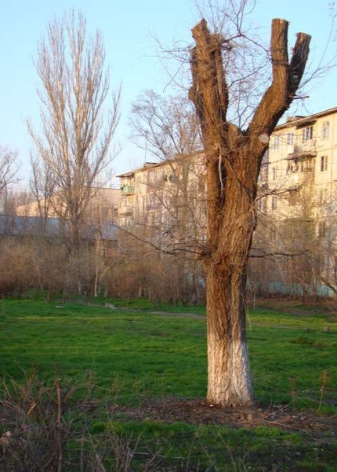
Poplar diseases include the following.
- Brown spot, caused by fungi of the species Marsonia populi Lib, causes leaf death.
- The appearance of darker spots on the leaves provokes gray spotting.
- Drying, yellowing and death of the green mass of a plant is caused by rust. The cause of the disease is the vital activity of Melampsora mushrooms.
- When growing a crop, you can also encounter other problems - scab and powdery mildew, also formed through the fault of fungal microorganisms.

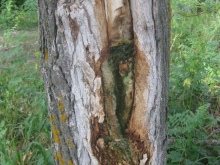
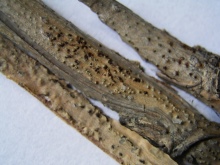
The death of trees in these cases can be avoided by applying special fungicidal compositions and carrying out spring treatment of plants with Bordeaux liquid, other means containing copper. Poplar is not immune to attacks from dangerous insect parasites.
- One of the most unpleasant poplar pests is the poplar fusiform gall midge. While the insect is in the larval stage, insecticides do not act on it. To prevent its appearance, it is necessary to spray in early spring using "Decis 2" or "Fufanon". If the insect has already occupied the tree, it is important to cut off the galls and treat the cut areas with garden varnish with the addition of HOM (20 g of the product per package of var).
- The poplar leaf beetle is a dangerous pest of this tree, feeding on its leaves. Moreover, this beetle prefers young plants, gnawing through its leaves. The insect is able to gnaw through poplar branches. It is important to prevent the tree from being damaged by this pest and to start fighting it from the moment the seedlings are planted. Diseased twigs must be removed and burned; beetles can be harvested by hand.
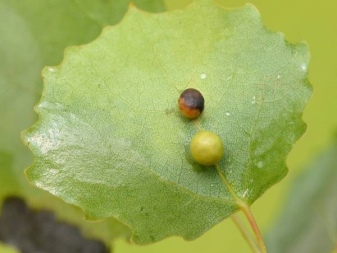
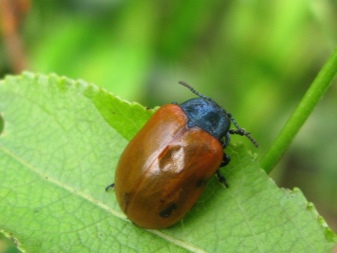
Other parasitic insects that feed on different parts of the tree are the small aspen squeak, notched-winged moth, Asiatic leafworm, sawfly, scale insect, speckled moth, etc. Insecticides in relation to these pests are selected individually.
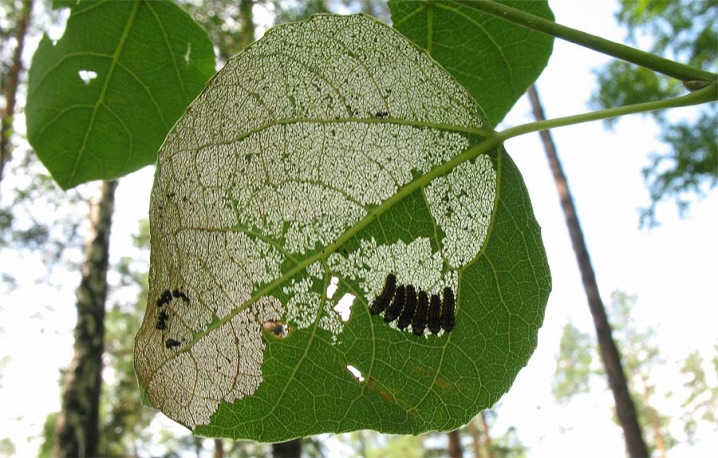
Application in landscape design
The main qualities that make it possible to use the pyramidal poplar to decorate suburban areas, city squares and parks are its decorative form, the absence of spreading branches (neat crown), the ability to create coolness and shade, and protection from UV radiation.
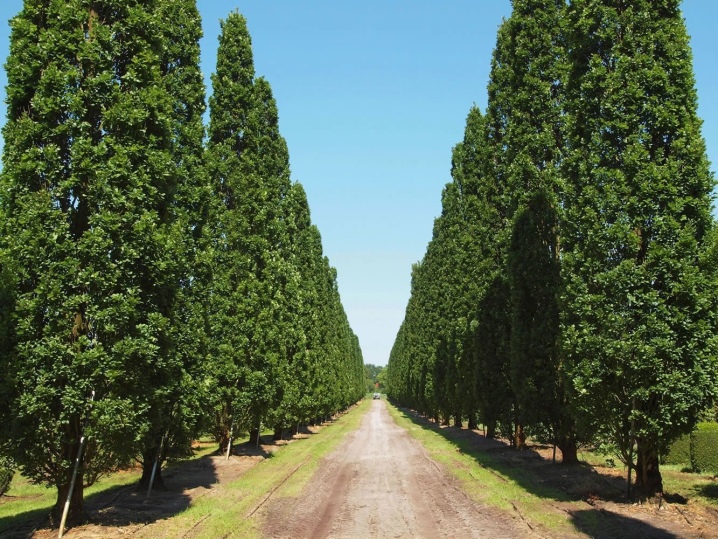
The design with the use of Italian poplar has many options.
- In park zones, these are spectacular compositions based on a combination of wood with white acacia, maple and chestnut.
- Pyramidal trees of different heights go well with conifers, including spruce, fir, thuja, ornamental types of juniper.
- The alleys made of these plants look more impressive if the territory is decorated with a cascade of tall fountains. Poplars, planted in rows, are great for decorating geometrically correct horizontal lines of buildings, and their vertical architecture is perfectly diluted with trees and shrubs with lush spreading, including flowering crowns.
- In the city, poplar is used for framing monuments, squares, landscaping streets, recreation parks, museums and theaters.
- In your own summer cottage, it is important to plant a pyramidal poplar along the fence in order to create a pleasant shadow, while hiding the territory from prying eyes.
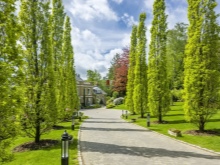
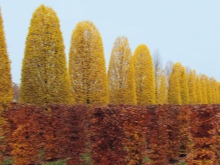

It is not recommended to plant the pyramidal type of poplar only next to weeping trees - it loses its expressive appearance and pomp. Planting even large tracts and alleys of poplar does not require large expenditures, besides, the tree is unpretentious, grows quickly, cleans the air of harmful substances due to the release of oxygen and phytoncides. In other words, it is an ideal plant for landscaping, omitting the fact that its females produce a lot of fluff.
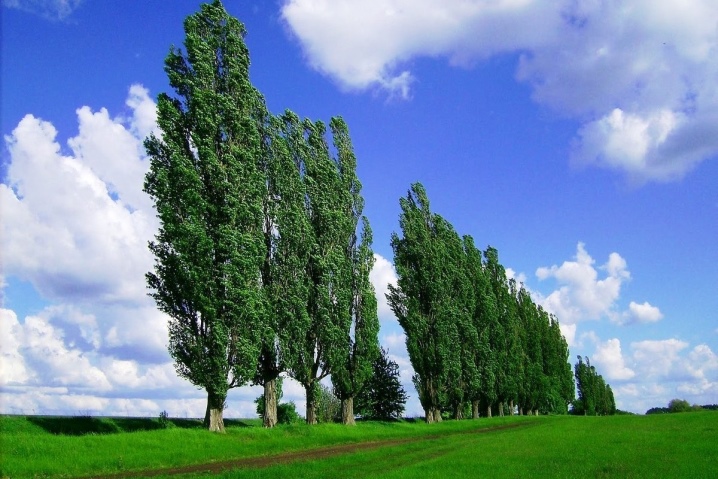
How to plant sprouted cuttings, see the next video.



































































The comment was sent successfully.